Optimal Timing for Storm Restorations
Storm restorations are most effective when performed promptly after storm events to address damages before further deterioration occurs. The optimal timing depends on weather patterns, with the late spring and early fall often being ideal periods due to moderate weather conditions. Conducting restorations during these times can help prevent secondary issues such as water intrusion, mold growth, and structural weakening.
Spring and fall generally provide favorable weather for storm damage repairs, reducing delays caused by extreme temperatures or heavy rainfall.
Timely inspections and repairs immediately following storms can minimize long-term damage and restore structural integrity efficiently.
Extreme weather conditions, such as hurricanes or heavy snow, can hinder restoration efforts, making seasonal windows preferable for scheduling.
Pre-storm assessments and preventive measures during calmer periods can reduce the extent of damage when storms occur.
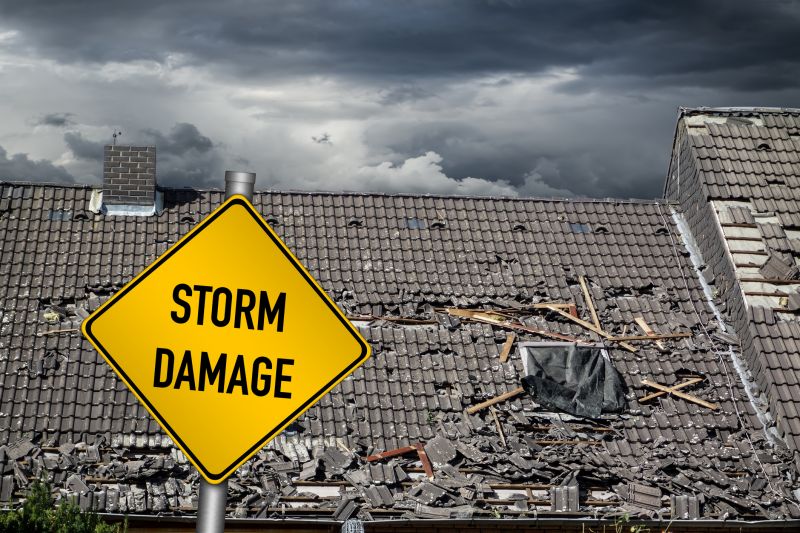
Assessing damage promptly after storms ensures timely restoration.

Immediate fixes can prevent further deterioration.
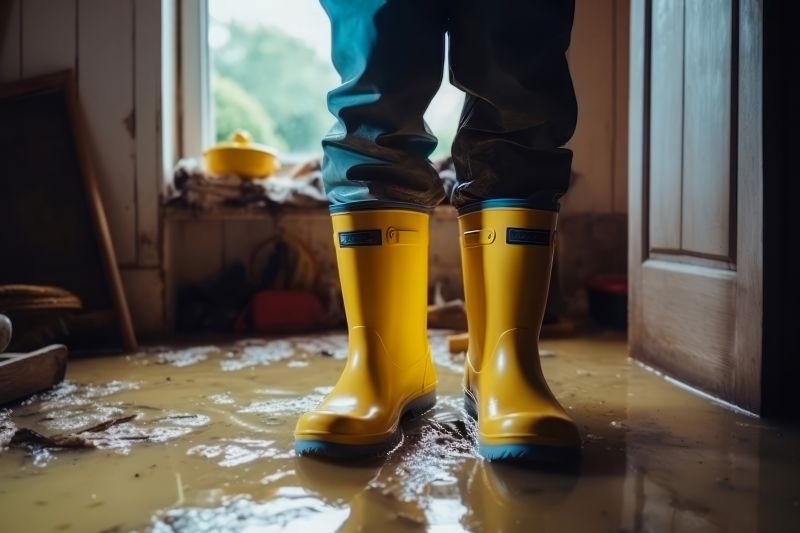
Restoring properties efficiently after storm damage.
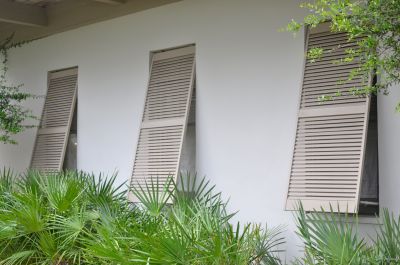
Ways to make Storm Restorations work in tight or awkward layouts.
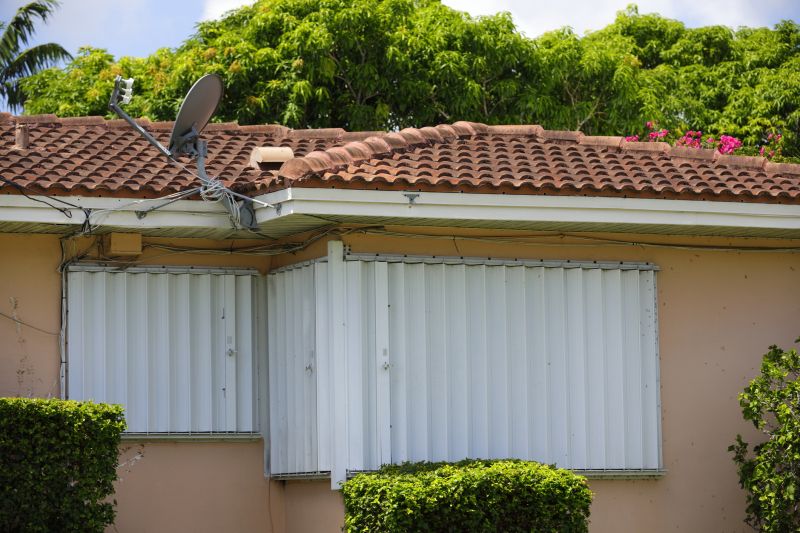
Popular materials for Storm Restorations and why they hold up over time.

Simple add-ons that improve Storm Restorations without blowing the budget.
| Season | Optimal Timing |
|---|---|
| Spring | Ideal for early repairs before storm season peaks. |
| Summer | Suitable for ongoing repairs, but weather can cause delays. |
| Fall | Optimal for preparing properties before winter storms. |
| Winter | Less ideal due to cold and potential for snow delays. |
| Post-Storm | Immediate response recommended regardless of season. |
Storm restorations involve comprehensive repairs to restore properties damaged by severe weather events. This process includes assessing structural damage, repairing roofing, siding, windows, and addressing water intrusion issues. Effective storm restoration can prevent secondary damages such as mold growth, wood rot, and compromised structural integrity. Statistics indicate that timely repairs can reduce long-term costs and improve safety by ensuring properties meet safety standards.
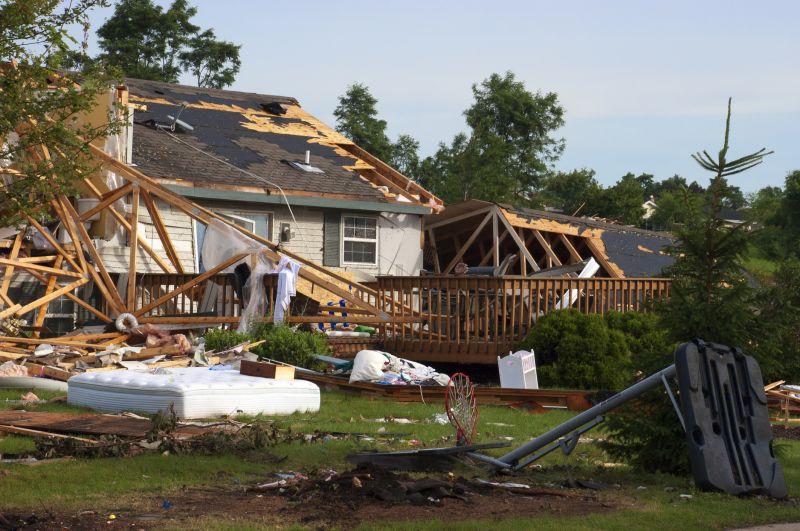
Restoring properties affected by severe weather.
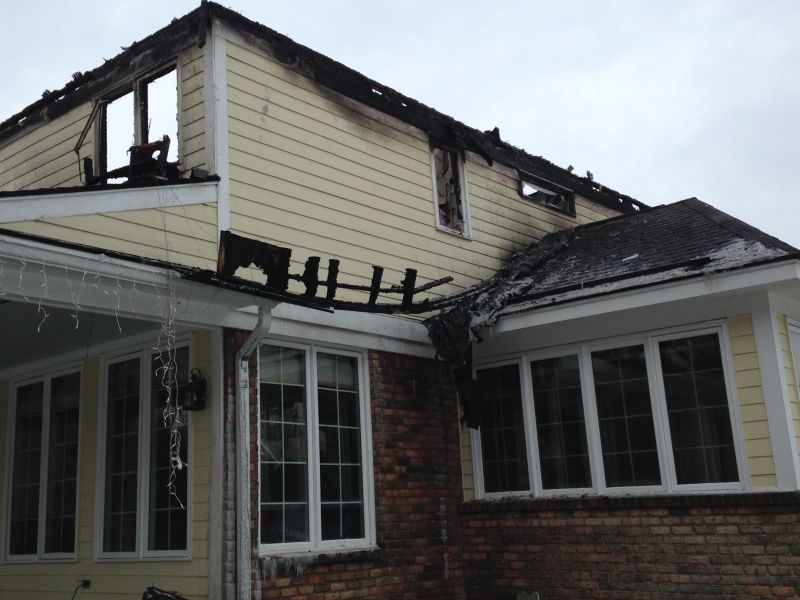
Fixing storm-damaged roofing systems.

Addressing water intrusion after storms.

Strengthening structures against future storms.

High-end options that actually feel worth it for Storm Restorations.
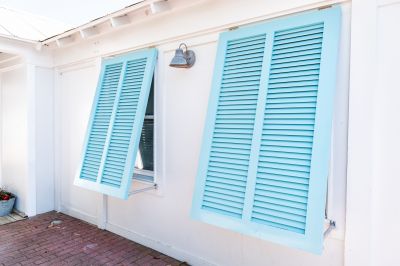
Finishes and colors that play nicely with Storm Restorations.
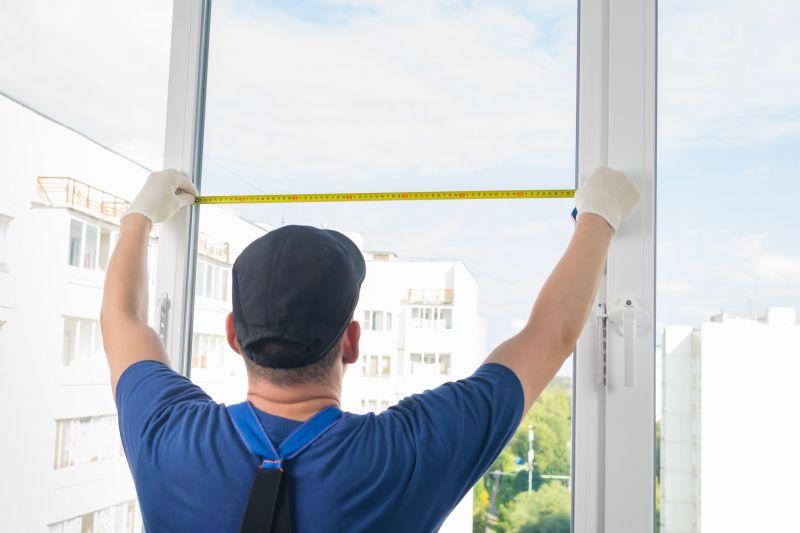
Little measurements that prevent headaches on Storm Restorations day.
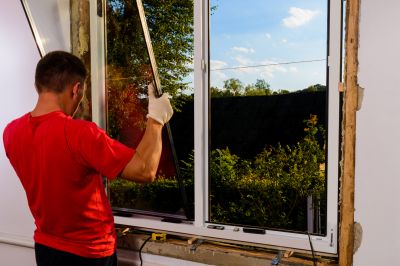
A 60-second routine that keeps Storm Restorations looking new.
Interested property owners in Niceville, FL, are encouraged to contact for more information about storm restoration services. Prompt action can help minimize damage and restore safety and comfort to affected properties. Fill out the contact form to discuss specific needs and schedule assessments or repairs.
